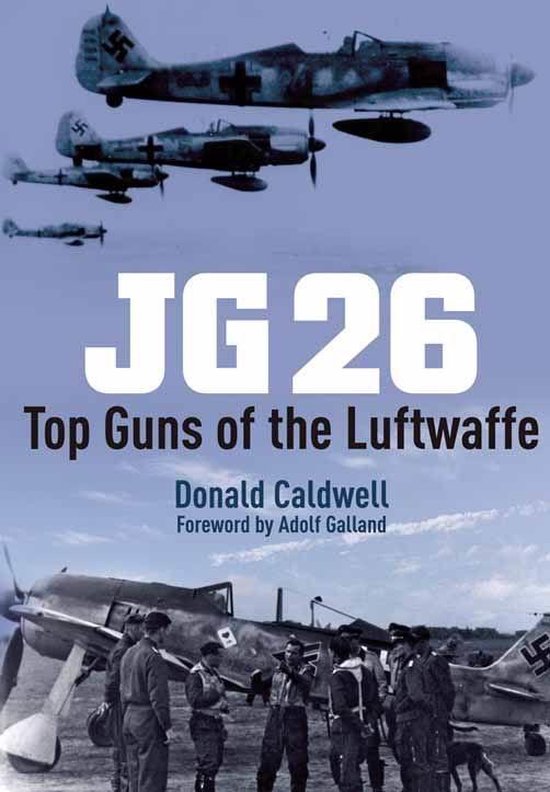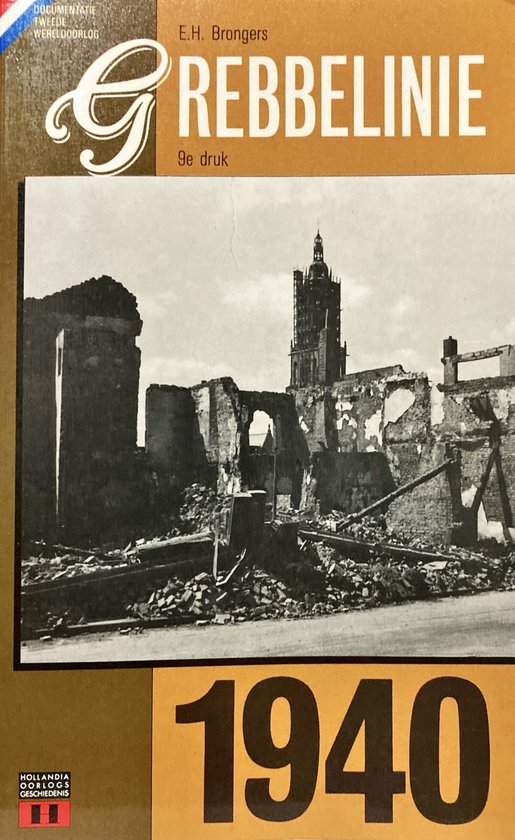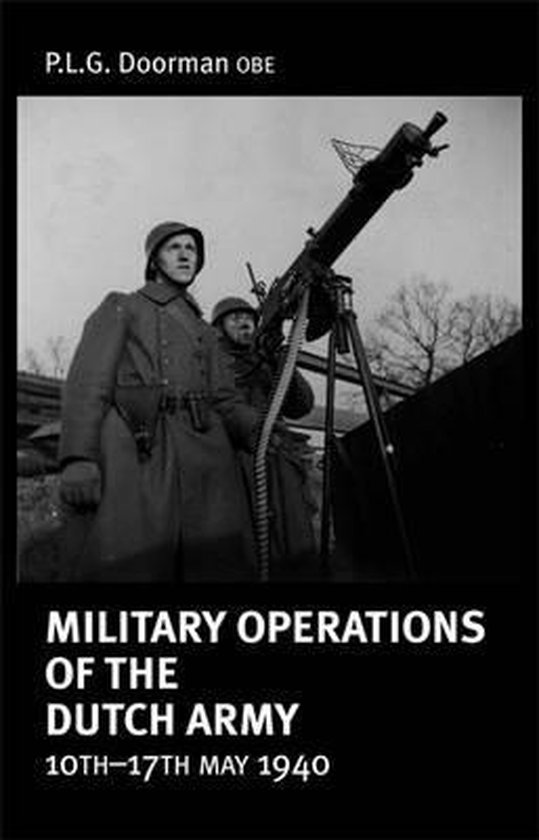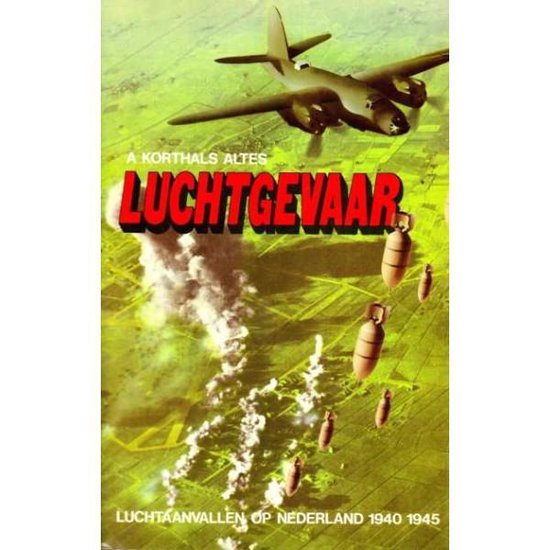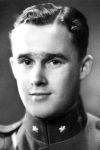Crash Site Fokker T-5 856
On 13 May 1940, the Dutch Fokker T-5 bomber crashed in the reed beds along the River Noord in Ridderkerk. The aircraft, with registration number 856, had taken off from Schiphol in the early morning, escorted by two Fokker G-1 fighter planes, with the aim of bombing the Moerdijk bridges in order to slow down the German advance towards the western Netherlands.
The mission:
'Bomb the road bridge at Moerdijk with the greatest possible accuracy using 300-kilogram delayed-action mines. Protection by two G-1s, which may also provide strafing fire, but not at the expense of the safety of the T-5 before and during the bombing. Accurate targeting of the bridge is now of the utmost importance. After this action, the crew of T-5 and G-1s must also report as soon as possible whether large columns of armoured vehicles have been observed on or near the bridges'. General Piet W. Best (Commander - Air Defence)
The crew:
Reserve 2nd Lieutenant Observer B. Swagerman
Reserve 1st Lieutenant Pilot W.F. Anceaux
Sergeant Cadet Reserve Officer Pilot O.W. Douwes Dekker
Sergeant Radio Operator C.A. van Riemsdijk
Private Air Gunner J. Wijnstra
(The unmarried Swagerman voluntarily took the place of the married Lieutenant Gerard Ruygrok on this mission, which was already considered very risky at the time).
The course of the mission:
The aircraft took off at 5:19 a.m. and managed to reach Dordrecht flying low. There they had to climb to an altitude of 1,000 metres in order to drop their bombs. The first bomb, dropped immediately after approaching the bridges, missed its target. After turning north, the second bomb hit a beacon but did not explode.
Meanwhile, the Dutch aircraft had already been spotted by German Messerschmitts, which immediately went on the attack. The first G-1 was shot down and crashed in Nieuw-Lekkerland, killing both crew members (Paul Schoute and Han Lindner). The T-5 was then attacked from two sides and set on fire. The pilot, Willem Anceaux, probably attempted an emergency landing, as the aircraft came down flat on its belly, half in the reeds and half in the water. One crew member had already fallen out of the aircraft without a parachute, and of the other four crew members, two were still alive and tried to extinguish their burning clothes in the water. According to an eyewitness, the Messerschmidt fired again at the wreckage, killing both men. The victory was claimed by Hauptmann Karl Ebbighausen of the fifth Squadron of Jagdgeschwader 26 of the German Luftwaffe. In his combat report, he stated that he had shot down the T-5 and the G-1 with his Me-109 at 05:38 and 05:40 A.T. respectively.
After the crash:
On 15 May, the bodies were recovered by farmers and soon afterwards buried with the utmost respect at the Rusthof cemetery in Ridderkerk. Their bodies were later reburied elsewhere. In the weeks and years that followed, the wreckage was frequently visited and pieces of it were taken away, while an engine that was found ended up at the scrapyard. In 2004, the Crash Foundation conducted extensive research and found more remains. These can be seen in the Crash Museum in Rijsenhout. In 1995, a monument commemorating the failed bombing was unveiled at the Moerdijk Bridge. There is also a memorial to the crew who died at the Rusthof cemetery.
There are plans to erect a memorial at the site where the aircraft crashed in 2025.
Do you have more information about this location? Inform us!
Source
- Text: TracesOfWar
- Photos: Fokker History
- - https://www.crash40-45.nl/wp-content/uploads/2018/04/06-Cr04.-Fokker-T-V-Ridderkerk.pdf
- - https://www.13mei1940.nl/wp-content/uploads/2021/02/HET-VERHAAL-MAART-2018.pdf
Related books
Nearby
Museum
- Museumschool - Ridderkerk (Rijsoord)
- Museum of the Papendrecht Village Preservation Foundation - Papendrecht
- Museum 1940-1945 - Dordrecht
Point of interest
- Bullet Impacts Grote of Onze-Lieve-Vrouwekerk Dordrecht - Dordrecht
- Dordrecht Prison Doelstraat - Dordrecht
- Bullet Holes Spuiplein - Dordrecht
Monument
- Memorial "The Forgotten Bridge" - Alblasserdam
- Dutch Indies Monument Hendrik Ido Ambacht - Hendrik Ido Ambacht
- Memorial Historical Lock Alblasserdam - Alblasserdam
Cemetery
- Dutch War Graves Hendrik Ido Ambacht - Hendrik Ido Ambacht
- Belgian War Grave General Cemetery Alblasserdam - Alblasserdam
- Dutch War Graves General Cemetery Alblasserdam - Alblasserdam
Remembrance Stone
- Stumbling Stones Damstraat 25 - Ridderkerk
- Stumbling Stones Juliana van Stolbergstraat 25 - Zwijndrecht
- Stumbling Stones Rotterdamseweg 22 - Zwijndrecht
Fortification
- Casemate Alblasserdam - Hendrik-Ido-Ambacht
- Group Shelter Zeedijk - Dordrecht
- Group Shelter Zuidendijk - Dordrecht


